“To achieve great things, two things are needed; a plan, and not quite enough time.” -Leonard Bernstein
You have the first part of the above quote: a “plan” – and by this I mean an invention – a product or process that you know will sell well. But, you are concerned that your invention will be so wildly successful that others will copy the product to line their own pockets. Therefore, you are rightly interested in patent protection. However, it is the second part of the above quote that trips up inventors: time. The U.S. Patent Office and international patenting bodies have very strict rules about time – such as time limits for filing U.S. provisional and non-provisional applications, international applications and the like. This article is meant to shed a little light on some of these time limits, and provide some tips on how to avoid getting caught in the trap of running out of time. It is my experience that these somewhat complex and confusing time rules are simply not known or understood well by inventors.
One Year Statutory Bar – Applications must be filed within 1 year of public disclosure or offer for sale
Recently, a local business owner spoke to me about the possibility of obtaining patent protection for a product. Upon further investigation, I learned that this company had been selling this product in the United States for about two years. Unfortunately, I could not help him prepare and file a U.S. patent application because patent protection is barred by the “one year statutory bar.” In essence, the one year statutory bar means that patent applications in the U.S. must be filed within 1 year of a public disclosure or an offer for sale of the invention or the invention is barred from obtaining patent protection.
Because he had been selling his invention for about two years, his product would operate as “prior art” against his patent application. Since the product he had sold for two years was identical to what he was attempting to patent, the Patent Office would not grant patent protection for his invention, and any application would be a waste of money and time for the inventor. It is extremely important to understand that the clock starts to tick the day you publicly disclose your invention or offer your invention for sale. You can protect yourself against public disclosure by ensuring that anyone you speak to about your invention signs a non-disclosure agreement. However, even a non-disclosure agreement will not protect you from starting the time limit triggered by an offer for sale.
But the United States is unique in granting even the 1 year time limit for filing after a public disclosure. In most other countries, you have no ability to file applications on an invention once it’s publicly disclosed. For example, if you are interested in obtaining protection in Europe, you will be barred from obtaining a patent the moment you publicly disclose or start selling the invention publicly unless you file an application first. I typically recommend filing an application prior to any public disclosure to protect international filings.
But it is not necessary to file an international application immediately. You can claim priority to an earlier filed application in a first country and not be subject to the bar as long as you file the application in the first country before public disclosure of the invention, and then as long as you file your application in the second country within 1 year of the filing in the first country – the so-called “Paris Convention.”
“Paris Convention” – Applications in other countries must be filed within 1 year of priority
Most countries are subject to the “Paris Convention”, which specifies, as noted above, that a patent application filed in a second country may claim priority to an application in a first country if the application in the second country is filed within one year of the application in the first country. In essence, the application filed in the second country can “piggyback” on the filing in the first country.
For example, you first file an application in the United States. You may then file in most other countries and claim priority to the U.S. application within one year. One way to save money, at least initially, is to file a PCT application, which allows a filer to file and pay the fees for only a single international application that designates most other countries around the world. The filer would be able to defer the fees for the countries of interest for 30 months after the priority date of the U.S. application.
Provisional Application Conversion – Non-provisional applications must be filed within 1 year
Another time limit that inventors should be aware of is the one-year time limit to convert a U.S. provisional patent application into a non-provisional application. For various reasons, an inventor may be interested in initially filing a provisional patent application (perhaps because it can be less expensive than a non-provisional application to file and provides some time to find out if there is a market for the product). However, a provisional application only provides a priority date. It is not examined by the U.S. Patent Office. To get examined, one must convert the application to a non-provisional application within one year. In addition, foreign filings under the Paris Convention may claim priority to a U.S. provisional application if filed within the one year.
EXAMPLES
So how do all of these time limits work in real-life scenarios? I have provided a couple of examples below that hopefully clarify how an inventor may be subject to the time requirements.
Example 1
An inventor invents a product and publicly discloses the product on January 3, 2009. The inventor will need to ensure that a U.S. patent application is filed on or before January 3, 2010 or the invention will be barred from patent protection in the United States. So on January 2, 2010, he or she files a U.S. provisional patent application for the invention. Again, a provisional application is not examined, but it must be converted to a non-provisional application within 1 year. Therefore, the inventor has until January 2, 2011 to file a non-provisional application for examination by the U.S. Patent Office. Normally, he or she would also have until January 2, 2011 to file any applications in other countries and/or a single PCT application. However, because he or she publicly disclosed his invention prior to filing the provisional application, he or she may be barred from obtaining a patent in other countries, as discussed above.
Example 2
An inventor invents a product and before publicly disclosing the invention or offering the product for sale, he or she files a provisional patent application on January 2, 2009. The inventor would have until January 2, 2010 to file a non-provisional application and any international applications. So on January 1, 2010, the inventor files both a non-provisional U.S. patent application and a PCT patent application. His non-provisional U.S. application would be examined by the U.S. Patent Office. His PCT application would postpone entry of the application into other countries until 30 months from his priority date. Therefore, since his priority date is January 2, 2009, he would be able to postpone entry of the patent application in other countries until July 2, 2011 with the PCT application.
CONCLUSION
Many of the time requirements for U.S. patent applications and international patent applications are complex and confusing. Of course, I recommend speaking to a patent attorney regarding these issues. But I hope that this article helps you be aware of these requirements so that you do not run out of time for obtaining patent protection on your invention.

